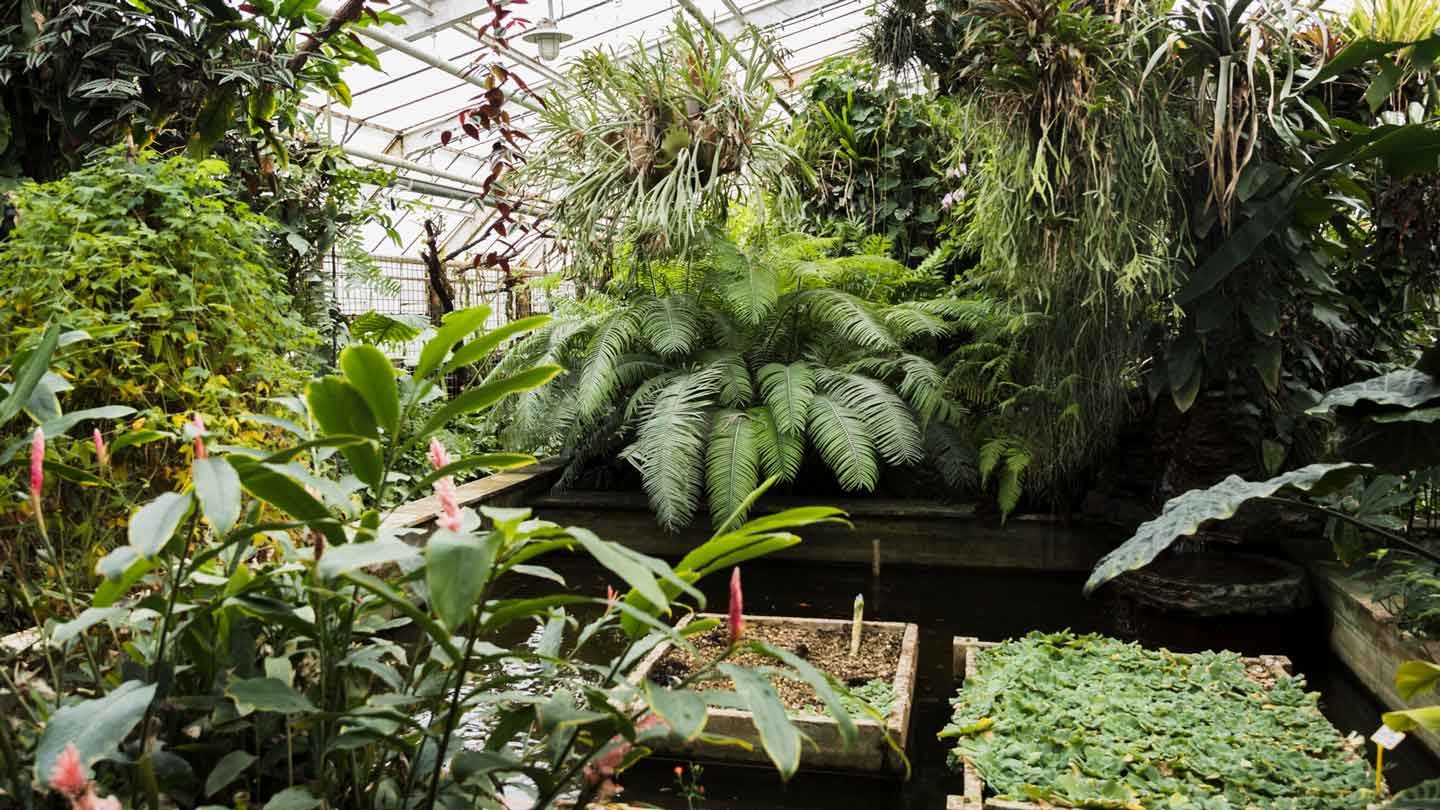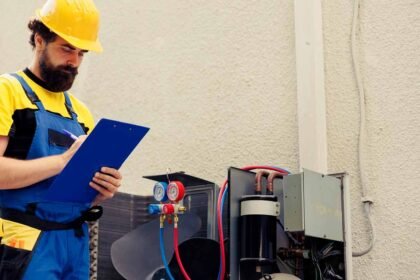Transforming the kitchen waste into nutritious compost can provide a great remedy at recovering your plants from indoors and revitalize their growth and vitality. Bear in mind that you should keep on adding kitchen scraps and managing the appliance that will allow the nutrient to recycle.
Proper monitoring and maintenance must be in place to avoid unnecessary jams or foul smells in your household composting system. Learn about compost for indoor plants to concoct your own bespoke essential organic blend that your leafy friends will gladly use.
The Science Of Carry Along Composting

Indoors composting aims at slowing down the natural composting process inside a confined space so that an individual can directly utilize the humus from the resulting compost.
Organisms following the range of microbes – such as bacteria, fungi, and other decomposing organisms – destroy the organic paraquets into useful soil blends.
Indoor composting is reminiscent of the outdoor composting technique, except for the fact that it depends more decisively on a controlled system to handle odor and moisture levels. The more knowledge you have upon the underlying biological processes, the better optimized your composter will be.
Choosing The Right Ingredients
What we eat have a significant impact on not only our health but also the health of the environment, and composting is one of the significant ways to create sustainable communities.
Thrived to create a ratio that consists of adequate share of natural of green (nitrogen-rich) and brown (carbon-rich) components. The green parts consist of organic subjects such as fruit and vegetable trimmings, coffee grounds and tea bags that supply the beneficial nitrogen for the microbes.
Brown elements comprise leaf and tissue scraps, shredded card paper, and handwoven basket used for carbon-boned microbial energy and form. Altering the composition of your input can let your environment become more complex.
Container Options And Setup
When composting at home, container for the compost pile is important. Choose a partially distributed one, well-ventilated in order to be so that a lot of biological processes which are dependent on oxygen will work well and the odorization process will be perfected.
Various alternatives involve plastic bags that are air tight or else you can use any extra lid to punch holes and create a wooden base if you are planning to do it yourself using additional materials.
Throw a newspaper or a cardboard at the bottom to help water drain, install your materials evenly, clarifying which ones are green and which are brown.
Monitoring And Maintenance
Maintain soil water level equal to a squeezed sponge, providing enough moisture for the compost but prevent it from being waterlogged. A spray bottle can be used to water the compost if you find that it is too dry in order to restore its moisture holding capacity or additional brown materials can be added if the compost feels too wet.
Be vigilant to watch for any signs of pests, say fruit flies or gnats, and fine tune your composting measures to handle the situation. However, pests may search for food in the compost which should be prevented by adding a cover with a permeable layer or by the add-on of leaves and stems.
Harvesting And Application
The knowledge of harvesting your compost at the right time and condition is important for the highest possible yield gain. Once the compost has changed from its original light, fibrous texture to a dark and crumbly texture with.
The approach to composting materials may vary, depending on what level of performance you aim to achieve. You should be able to separate the compost into fine material that is completely decomposed and large chunks which haven’t finished decomposing yet.
Conclusion
Your inquiry of can you use compost soil for indoor plants is replied. Indoor composting is our best choice to provide the needed organic matter to boost the quantity of soil life in your plant babies.
The little water and essential nutrients used to cultivate them will be minimal, and given enough care and attention, your kitchen scraps could become an integral part of your green utopia for years to come.
Through learning the science behind composting, including selecting right ingredients and managing your own compost system, you will be able to create fertile soil amendments that ensure healthy and thriving plant growth indoors.











